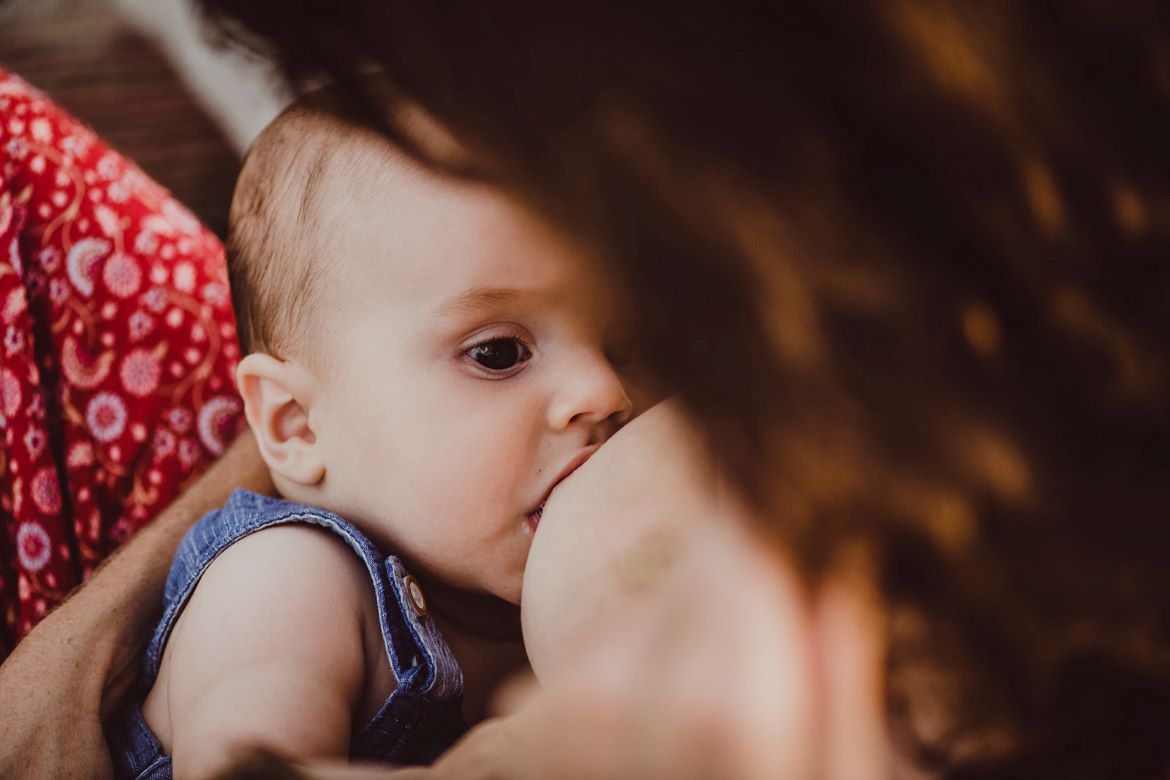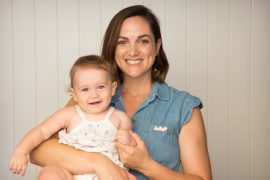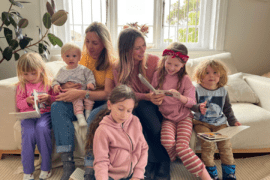By Dr. Rosie Knowles
Every adult was once a small infant, vulnerable and dependent on the caregivers around them. This early part of a child’s life sets the stage for their long-term future.
Our society is gradually becoming more aware of how important it is to provide a good start in life for children. There is an increasing number of campaigns promoting mental health support in schools for children and teenagers, beginning at primary school, which is a good thing to provide.
However, a child’s life does not begin when they start school; their psychological wellbeing (their mental health) begins much earlier.
Babies’ brains begin to develop in utero. At birth, a baby’s brain has all the neurons (brain cells) it will ever have. The next few months and years determine how these neurons form connections, creating a network that helps a child to understand the world around them. Babies can feel; they have emotions, they are learning to relate to the world around them and communicate from their earliest weeks.
It is important to recognise that infants and children have inner mental lives that begin at birth. Being aware of this may help to prevent problems developing, that then need intervention at school. Prevention is better than cure.
The first 1001 days is a key stage
The first 1001 days of a baby’s life (approximately the first three years) is a key stage of growth and development, and it is the point at which a child’s brain is shaped most significantly by the environment around them and the experiences they have.
In the first few years, more than a million neural connections form every second, and connections that are used again and again become “sticky”, and pathways begin to develop.
The “serve and return” theory of brain growth explains how these connections shape the brain. A baby “serves” and waits to see if the parent returns the ball. If the ball comes back, a baby has learned that their action has created a reaction. Babies are scientists, testing the world around them to see what happens and to gain understanding of how it works and how they can fit into it.
I have described this process to the parents I work with as a form of road map development. At the start, pathways may be small and overgrown, like a jungle of hanging tendrils criss crossing everywhere. However, as more messengers travel along the same path, backwards and forwards, the way becomes wider and clearer due to frequent use, and the messengers can travel more quickly. If the messengers stop using this road, gradually it will become overgrown again and eventually it will vanish (this is part of natural brain shaping later in life).
But with consistent and regular use, the path becomes a bridleway, then it becomes a road. As the amount of traffic continues to increase along this path, eventually it becomes a paved road, then an A road; and finally a motorway and ultimately, a superhighway. It is almost as if a “groove” has been created; using this connection constantly has shaped the brain for messages to travel instantly.
A baby whose needs are consistently met comes to know that the people who love them will respond to their calls.
They have developed a “groove” of trusting and calm connection when something doesn’t feel right, as opposed to a groove of fearful loneliness flooded with stress and adrenaline.
Overall consistency is key, not perfection, especially during this period of rapid brain growth
This is reassuring, as it reminds parents that if some messages go awry, or if their response to the baby’s action are not always consistent, these highways don’t instantly revert back to a jungle.
Babies’ brains grow and change depending on the environment around them
Dr Bruce Perry says that an infant’s brain develops in a sequential and “use-dependent” fashion (The Boy Who Was Raised As A Dog). His works describe what happens to children when key stages of normal brain development are missing: these areas of the brain have not matured and it has had a long-term effect on that child’s life. He makes it very clear that brains are programmed to develop in a certain order, being built from the bottom up, and if the foundations of brain architecture are disrupted by chronic stress or trauma, this will have a very significant impact. You can read more about the effects of “adverse childhood experiences” and the need for a “trauma informed” approach in the links below.
This can be a scary concept to consider: the sheer weight of responsibility to build a baby’s brain optimally, especially when new parenthood is hard and exhausting. Knowledge can be burdensome, when it isn’t matched with support and useful tools.
Fortunately for us, babies and their parents have evolved alongside each other and are perfectly placed to meet each other’s needs, in normal, healthy circumstances. Perry points out that it is the quality of relationships around a child that ultimately determines their long term future, not their “ACE score” (which should never be used for an individual assessment by anyone other than a trained professional who can also offer resources for healing there and then). Children are more than just their trauma and should always be viewed holistically and positively, focusing on the advantages and assets they have, not just their disadvantages and deficits.
The more healthy relationships a child has, the more likely he will be to recover from trauma and thrive. Relationships are the agents of change and the most powerful therapy is human love.
Bruce Perry
When a baby is born, so is a mother
Babies and mothers come as an unit: a dyad. When babies and their mothers are given the space and support they need from the society around them, and encouraged to be together as their instincts guide them, right from the start, they will grow together and thrive. Close loving contact builds a mutually reciprocal relationship; the chemistry of cuddles working in the background to knit the dyad together.
Good mental health for a mother and for her baby begins long before baby is born. Antenatal anxiety and depression and other mental health challenges are very common and there is much less awareness about this compared to postnatal issues. Perinatal mental health is still underfunded and not enough attention is paid to this crucial part of women and their partners’ lives.
Failing to invest properly in perinatal mental health is thought to bring a “total economic and social long-term cost to society of about £8.1 billion for each one-year cohort of births in the UK.” That is a staggering amount of money, every year, much of which could have been saved by focusing on prevention and early intervention.











